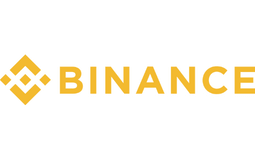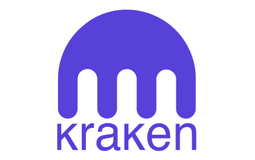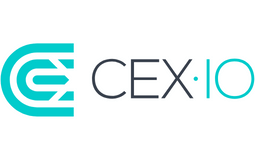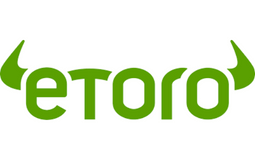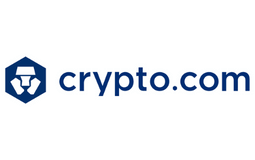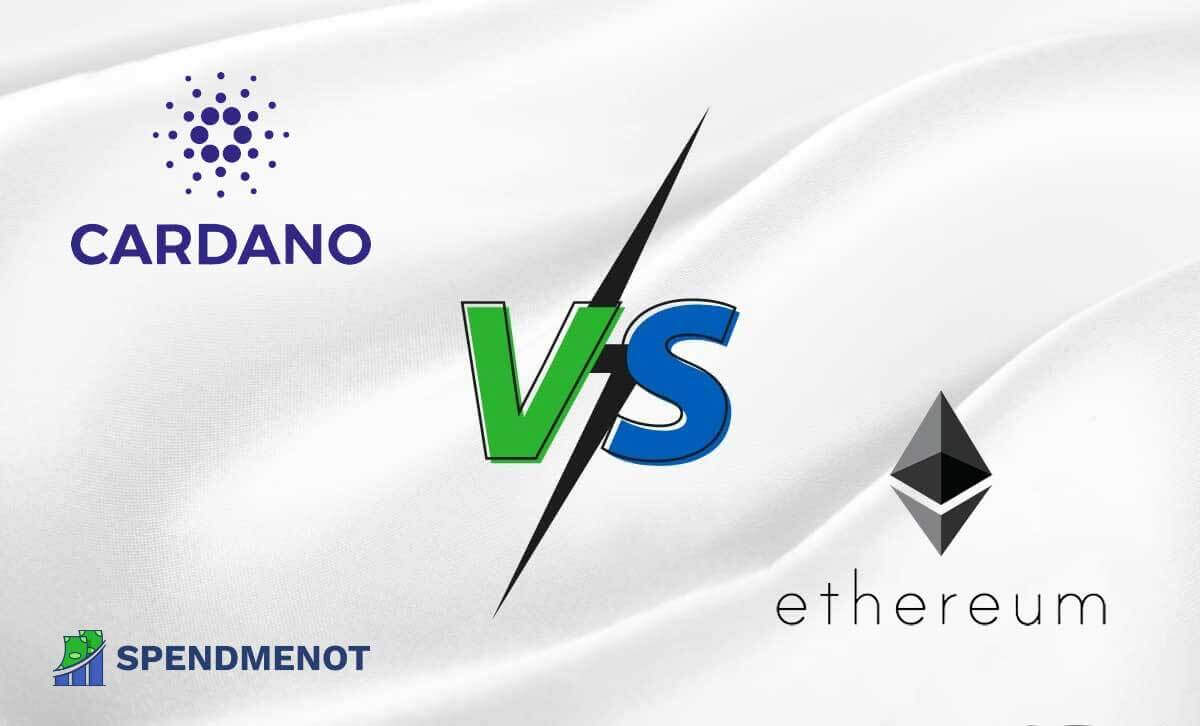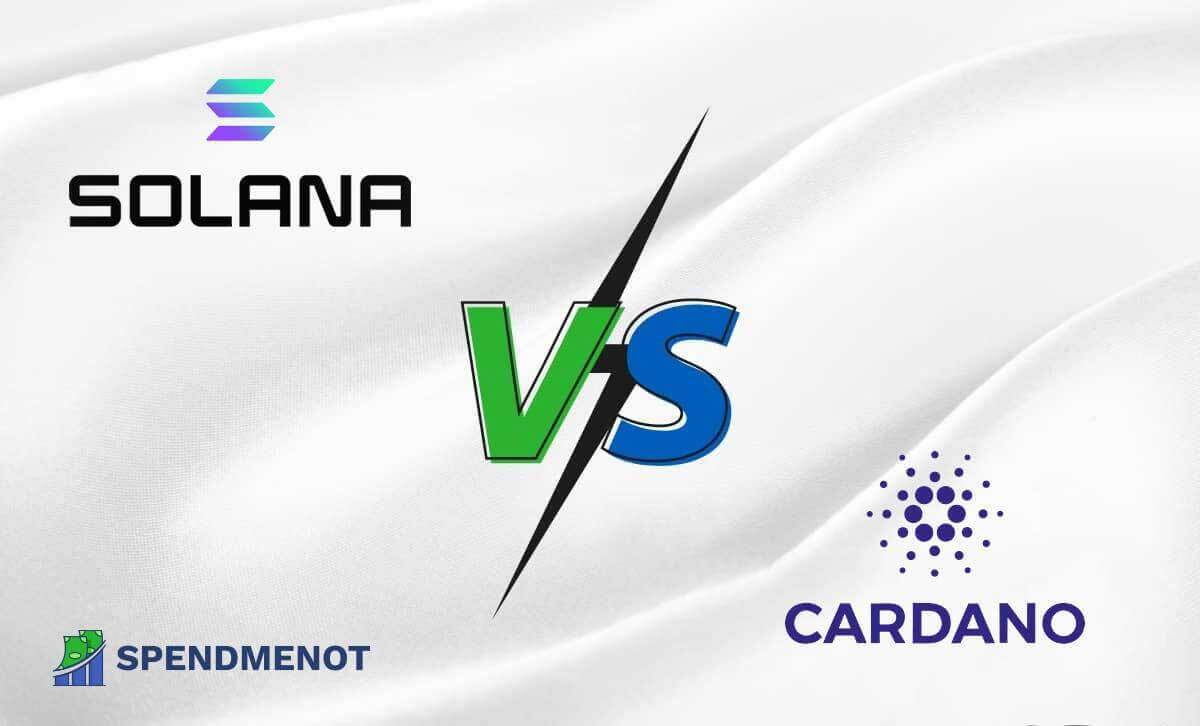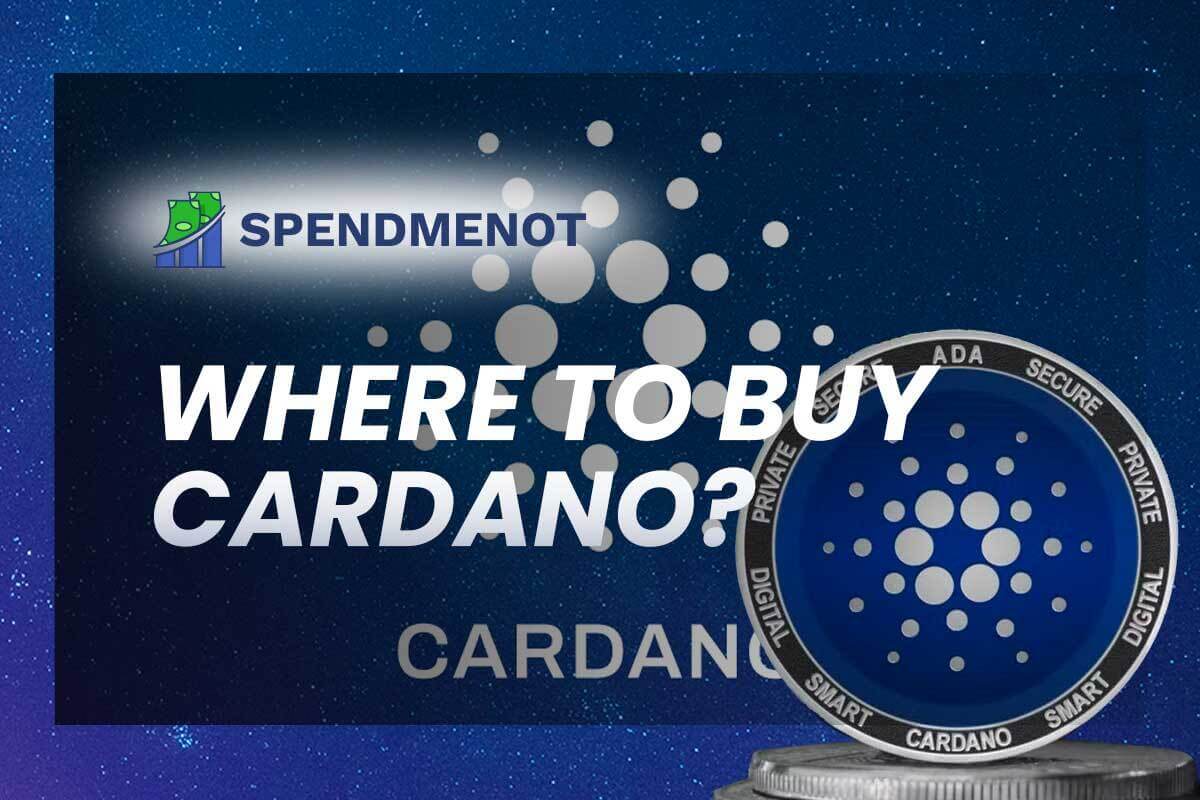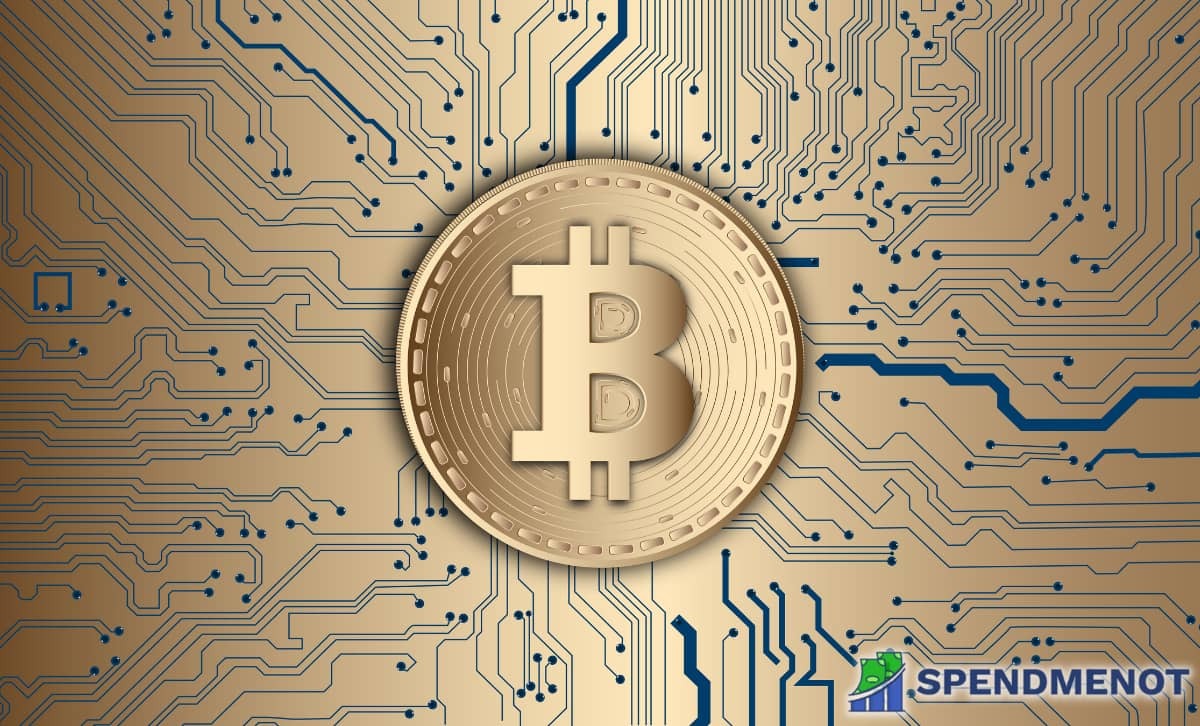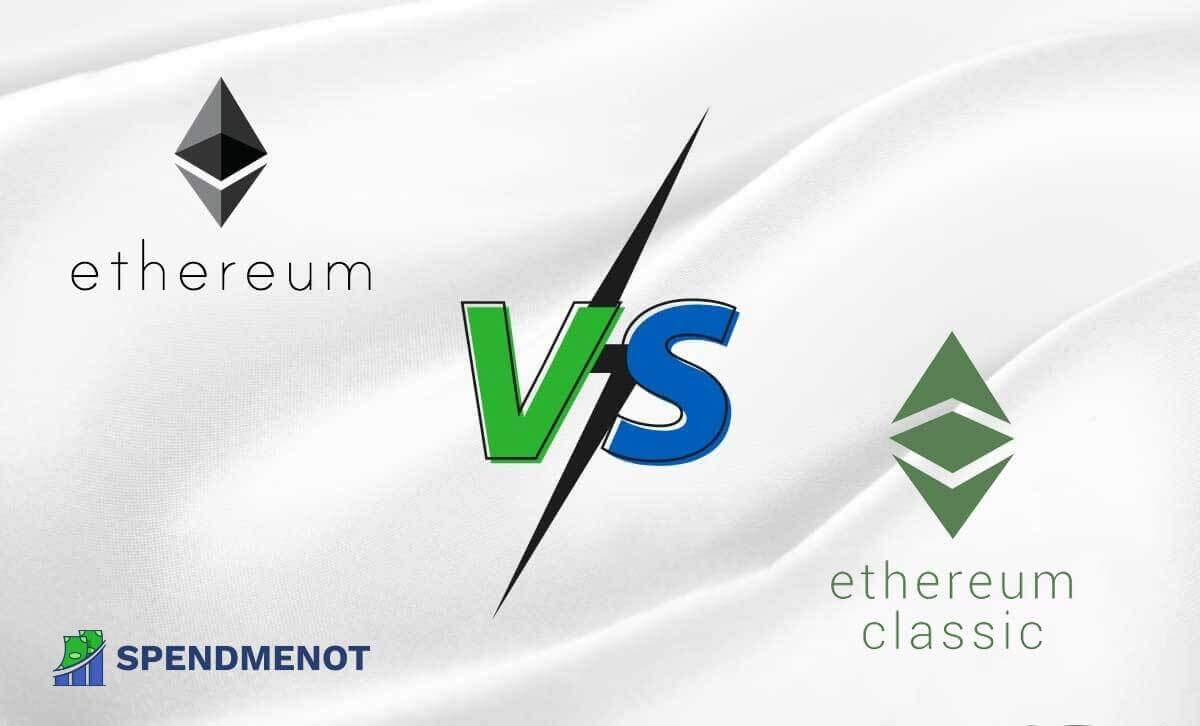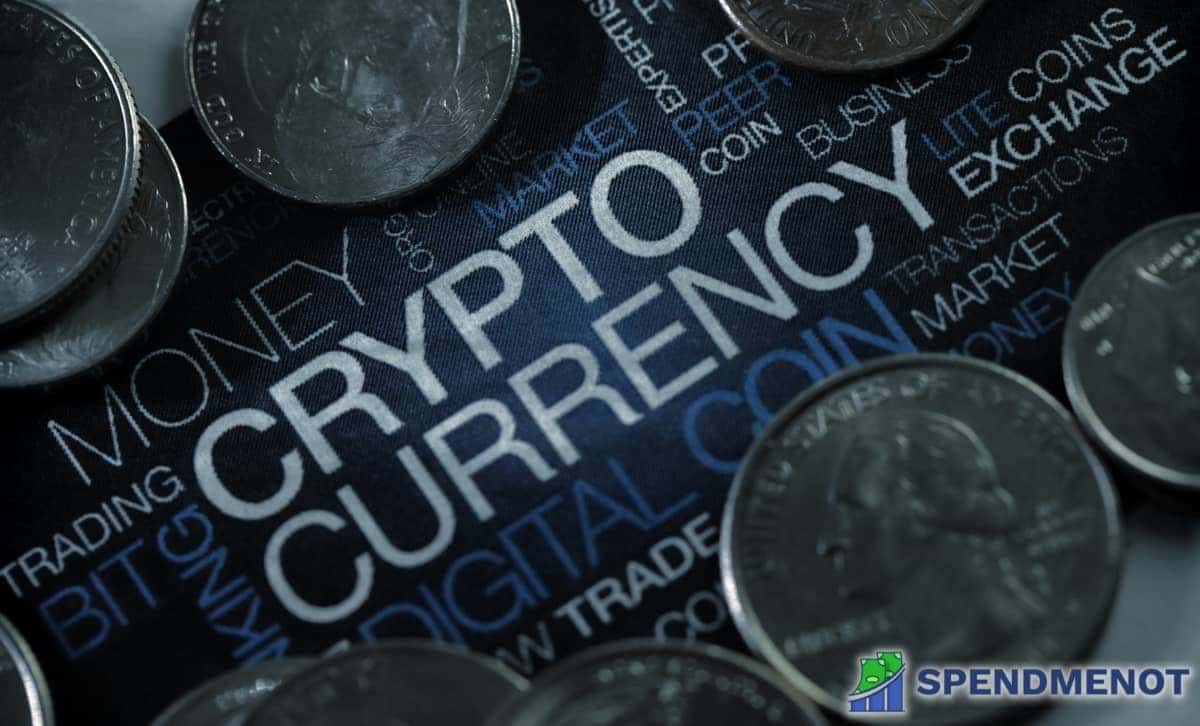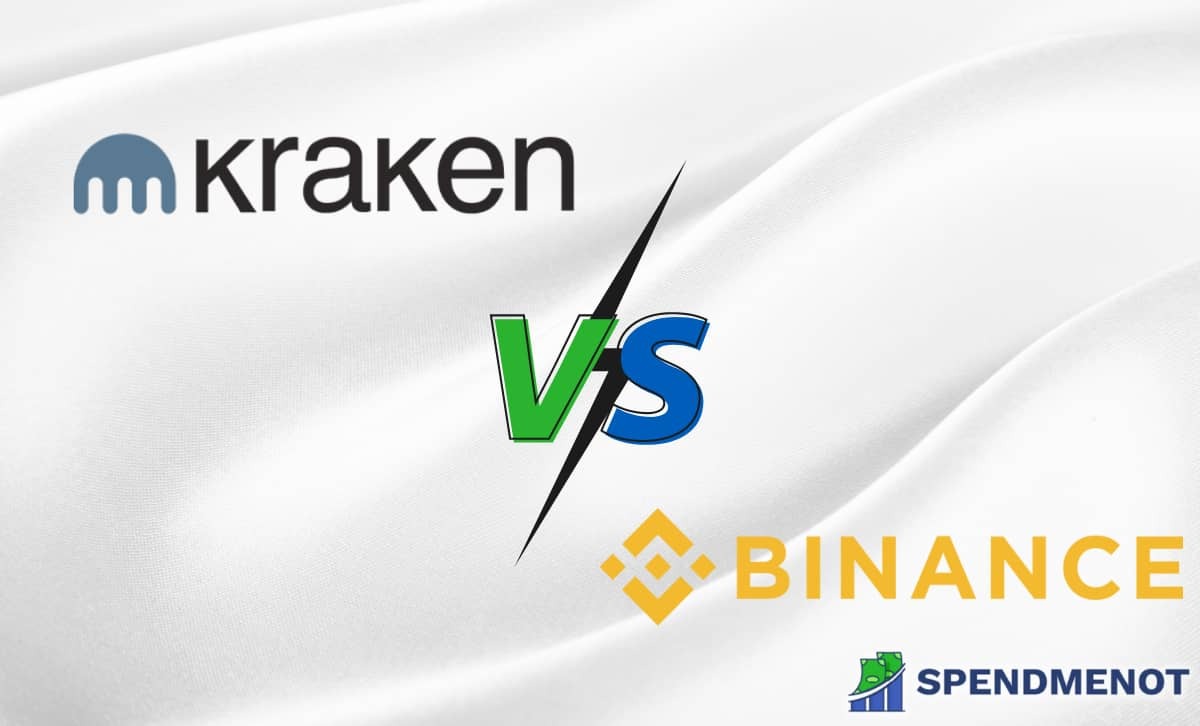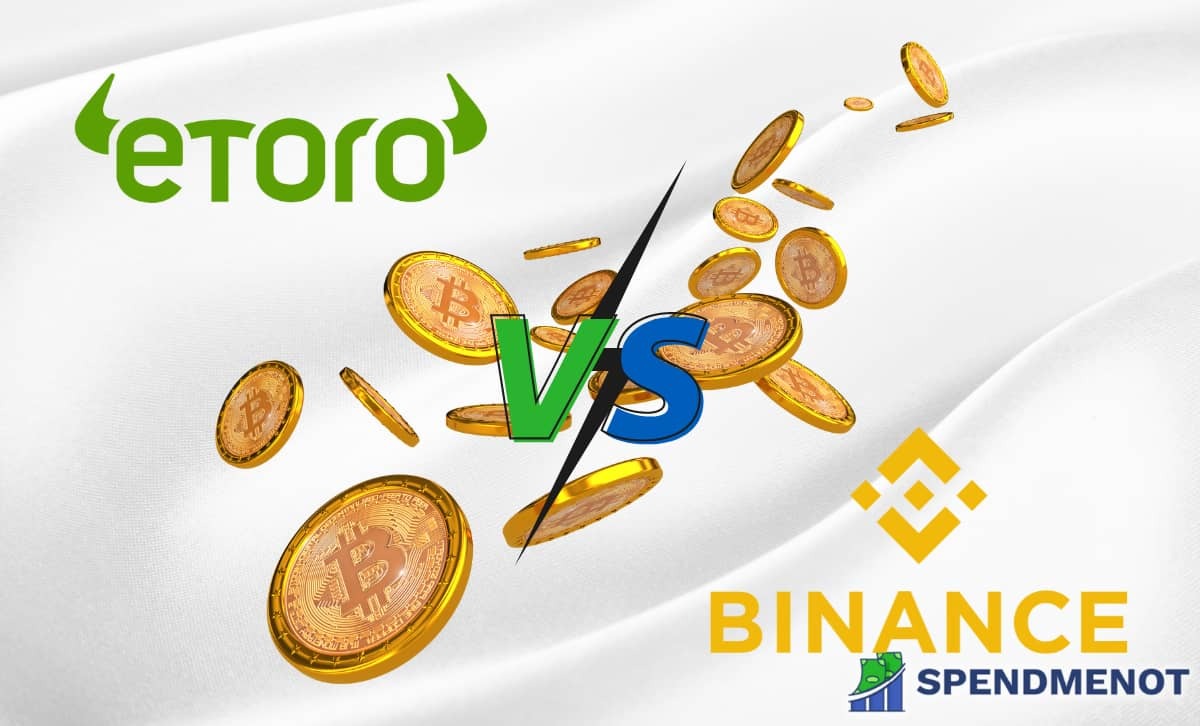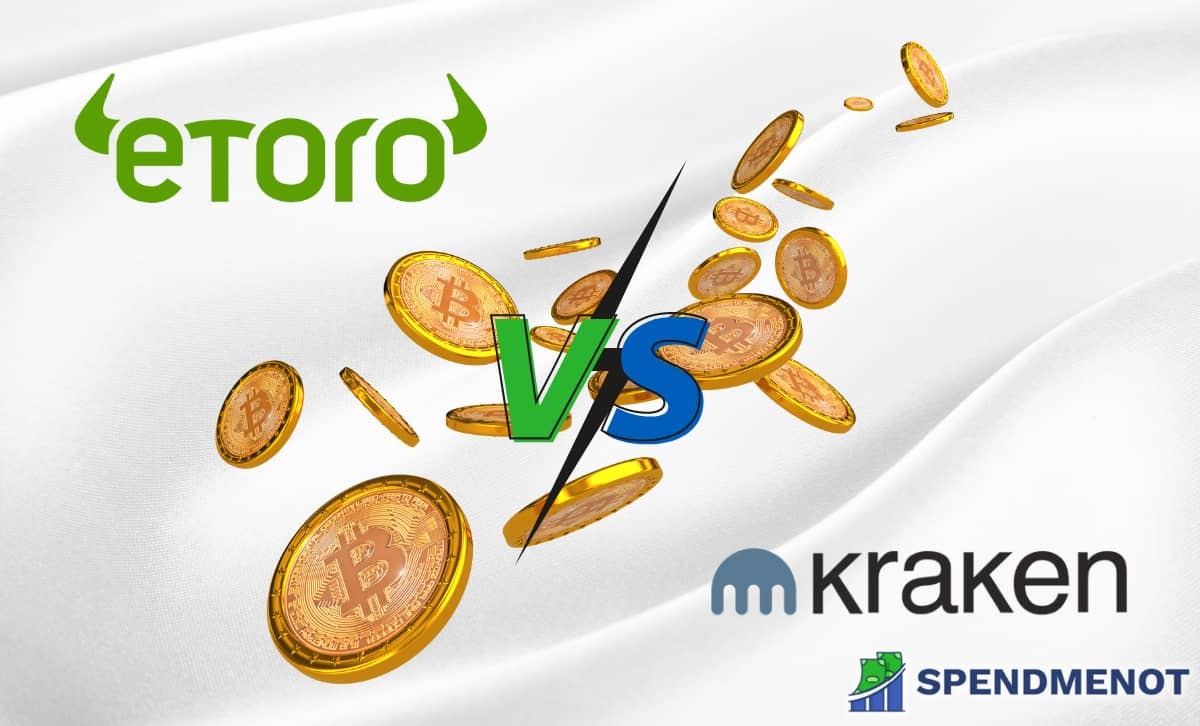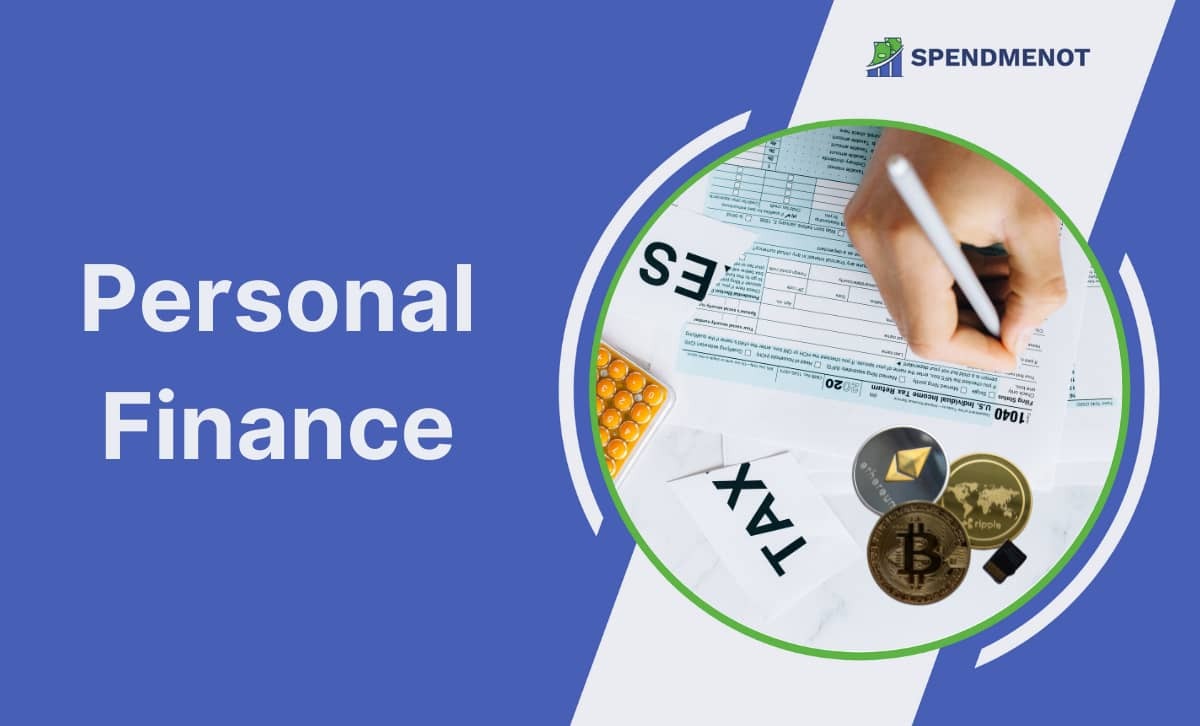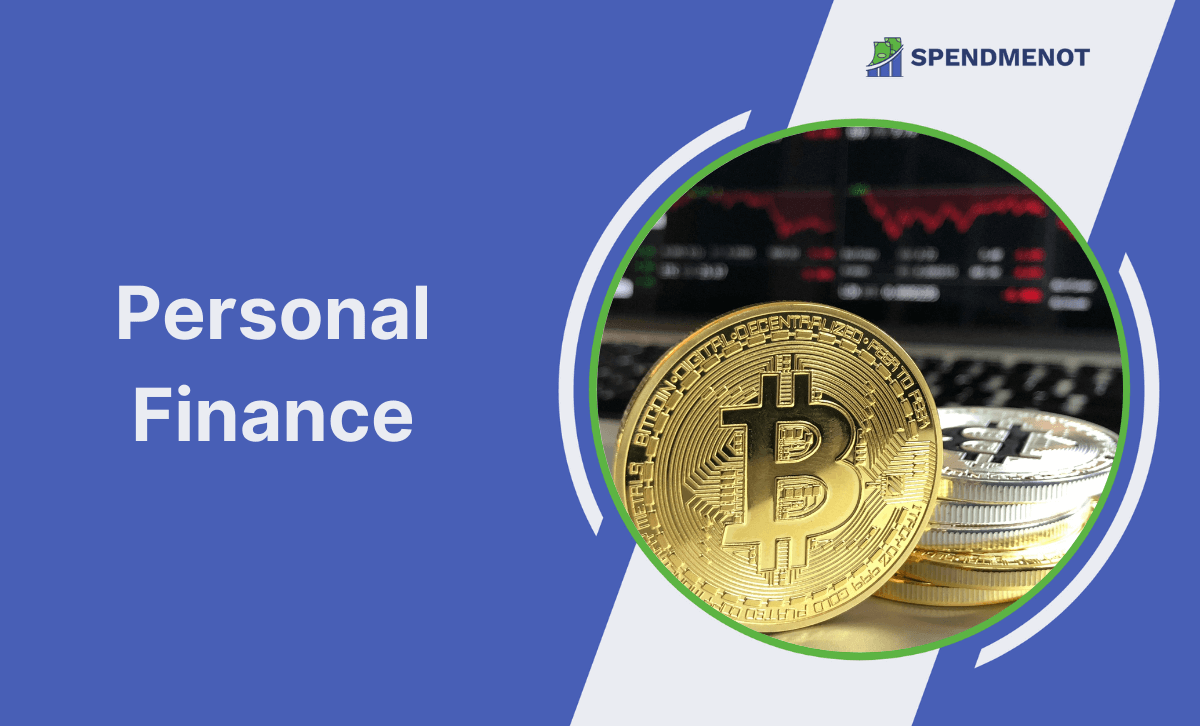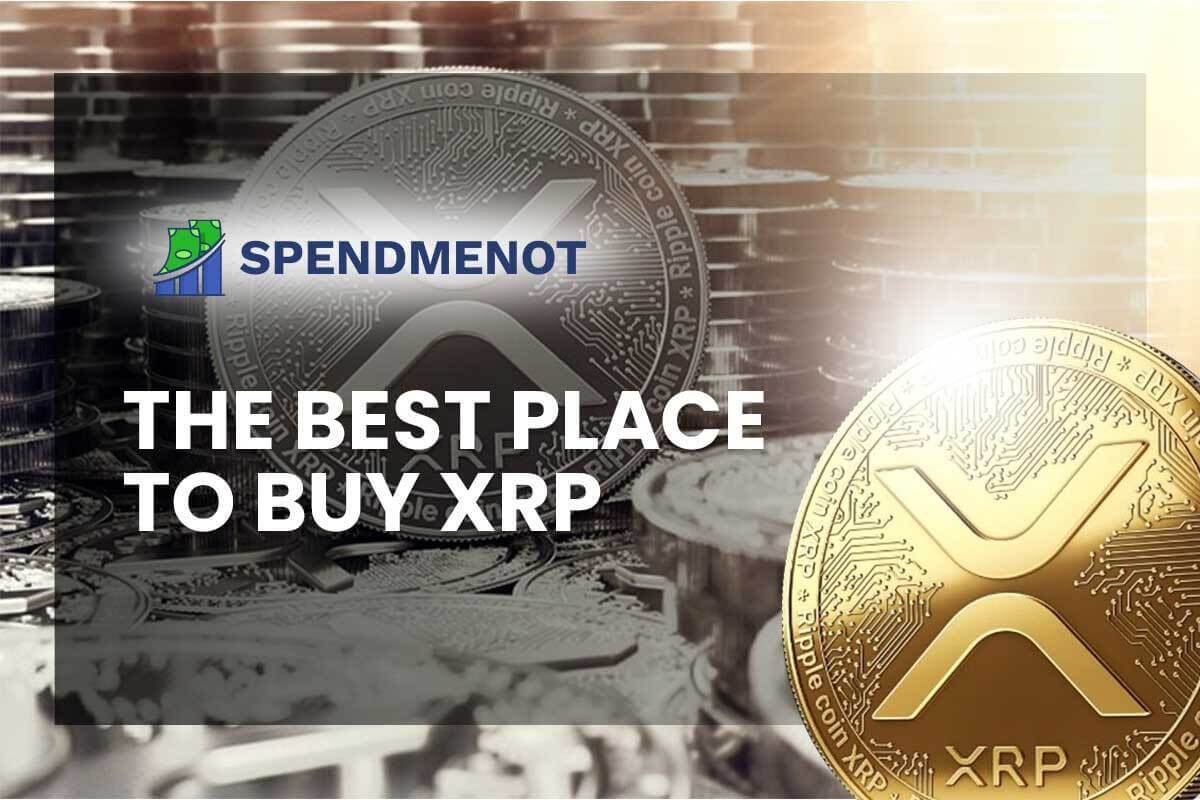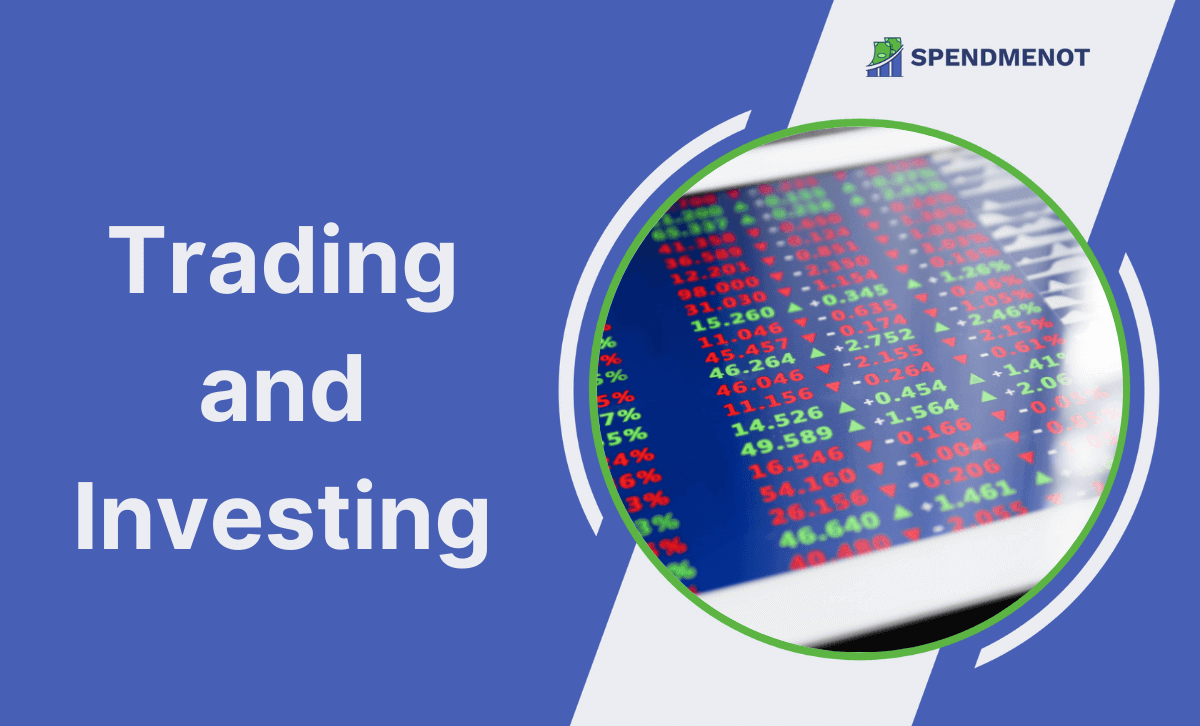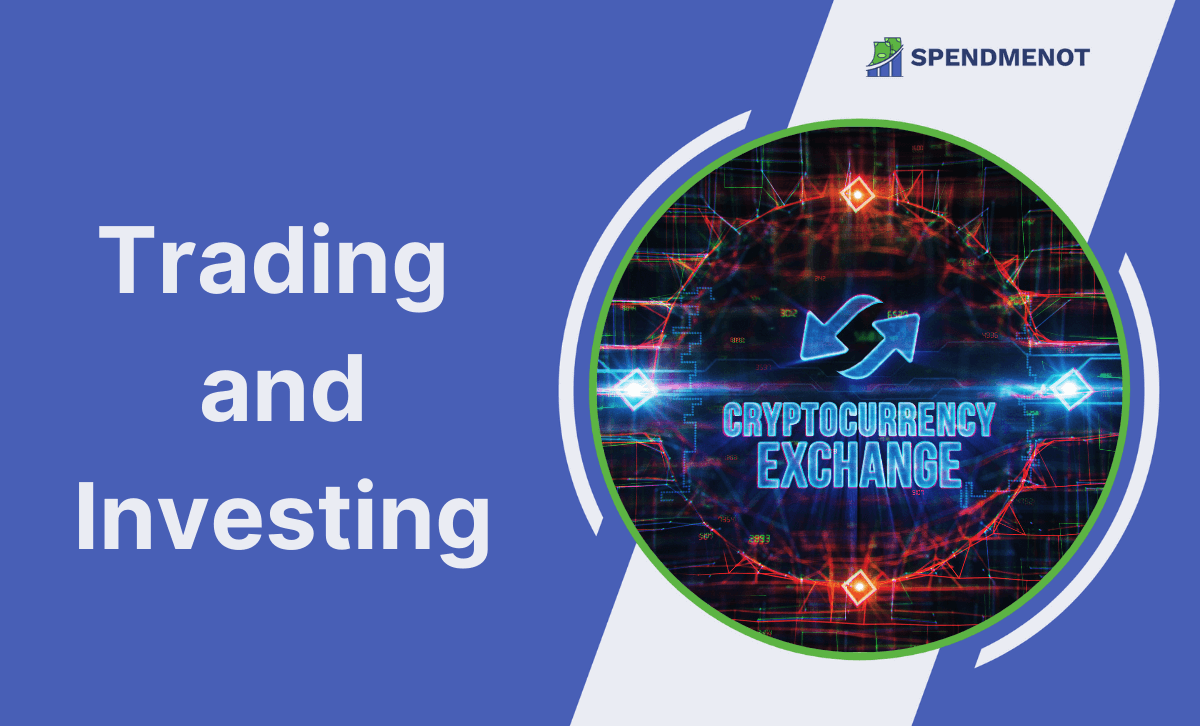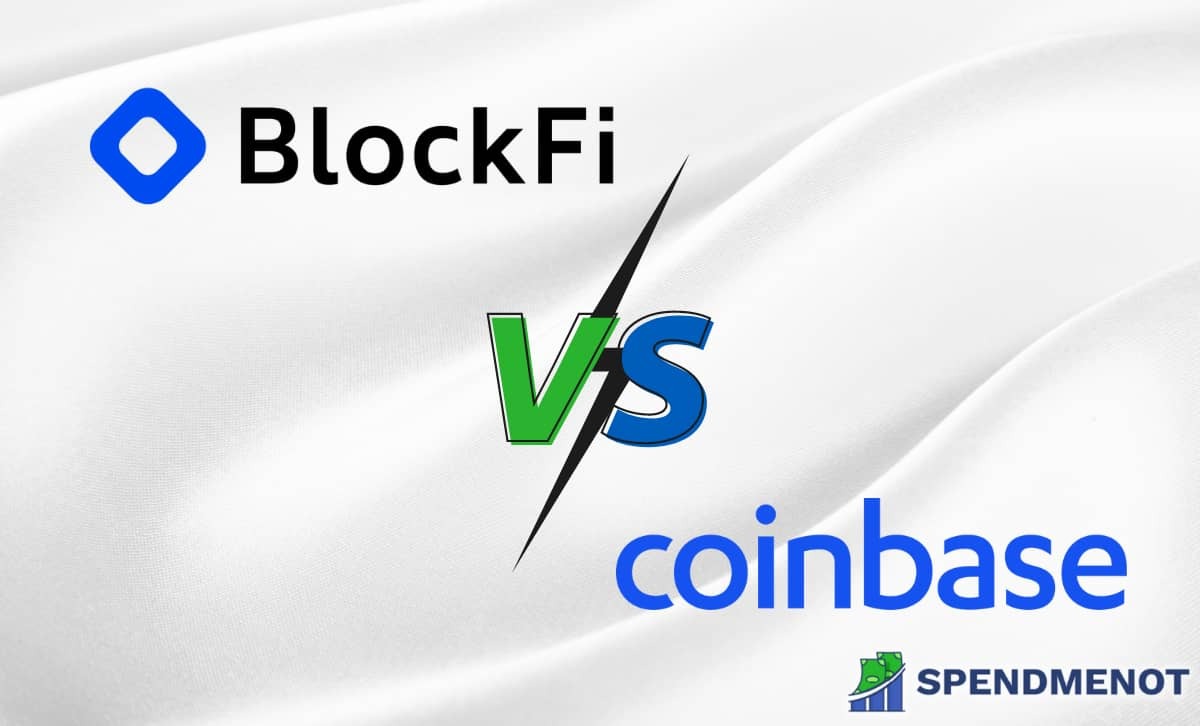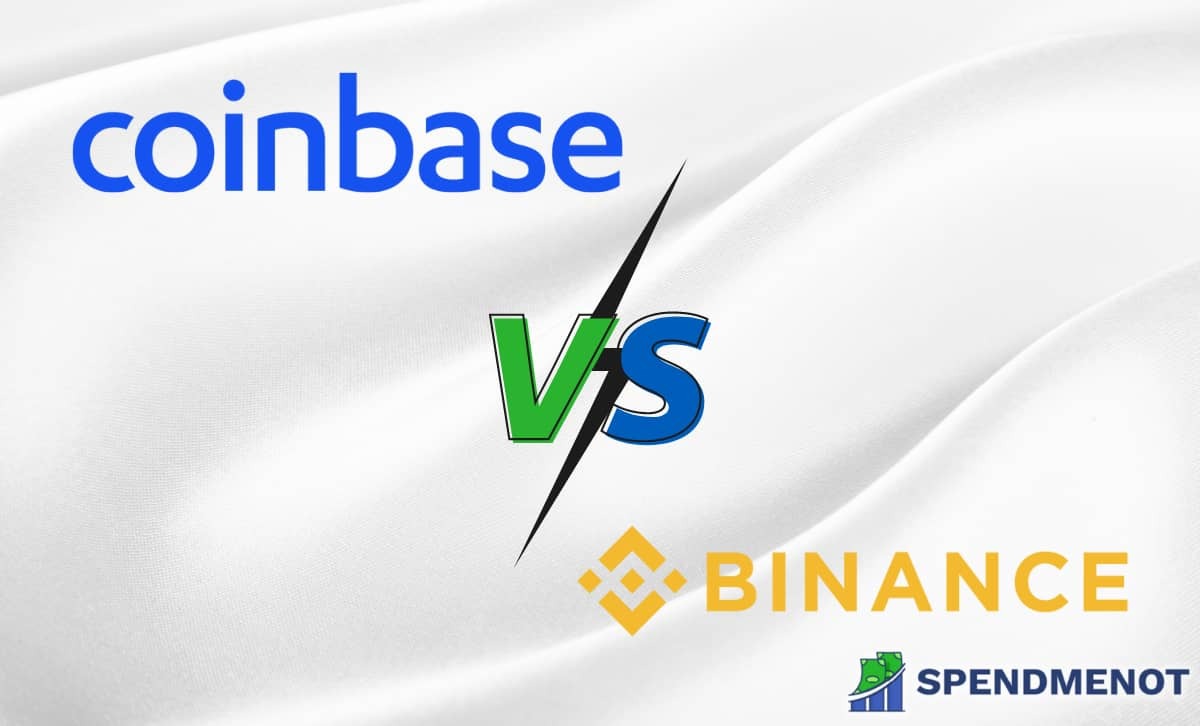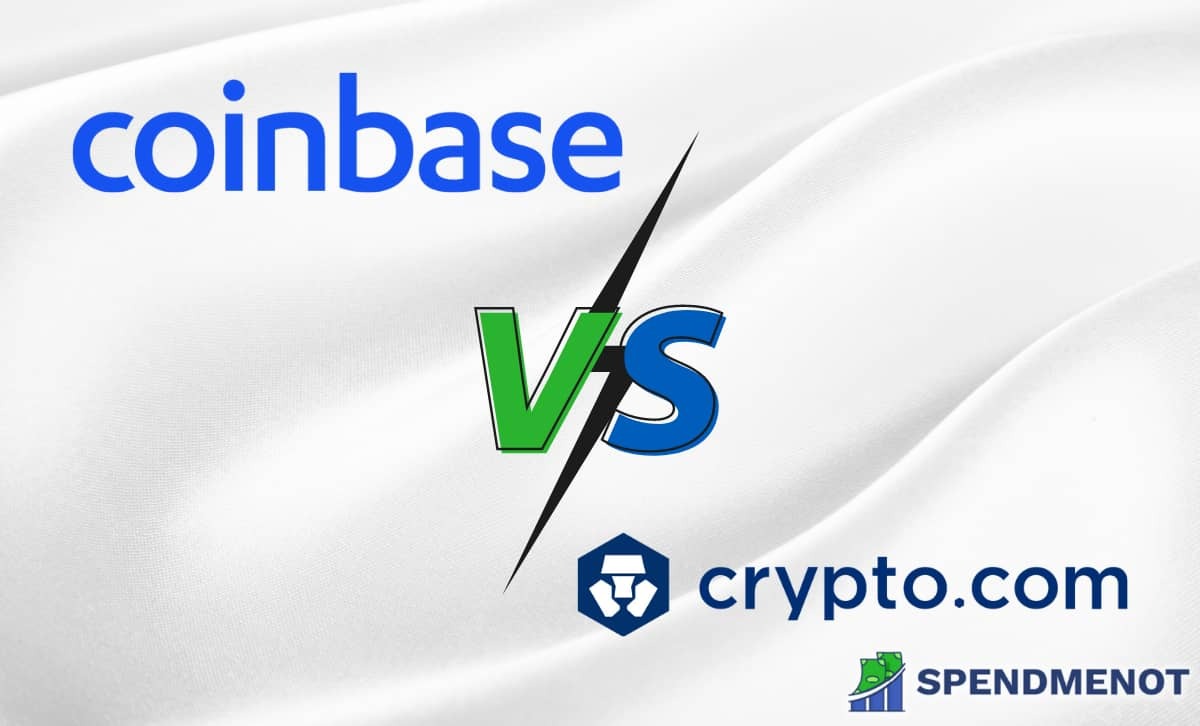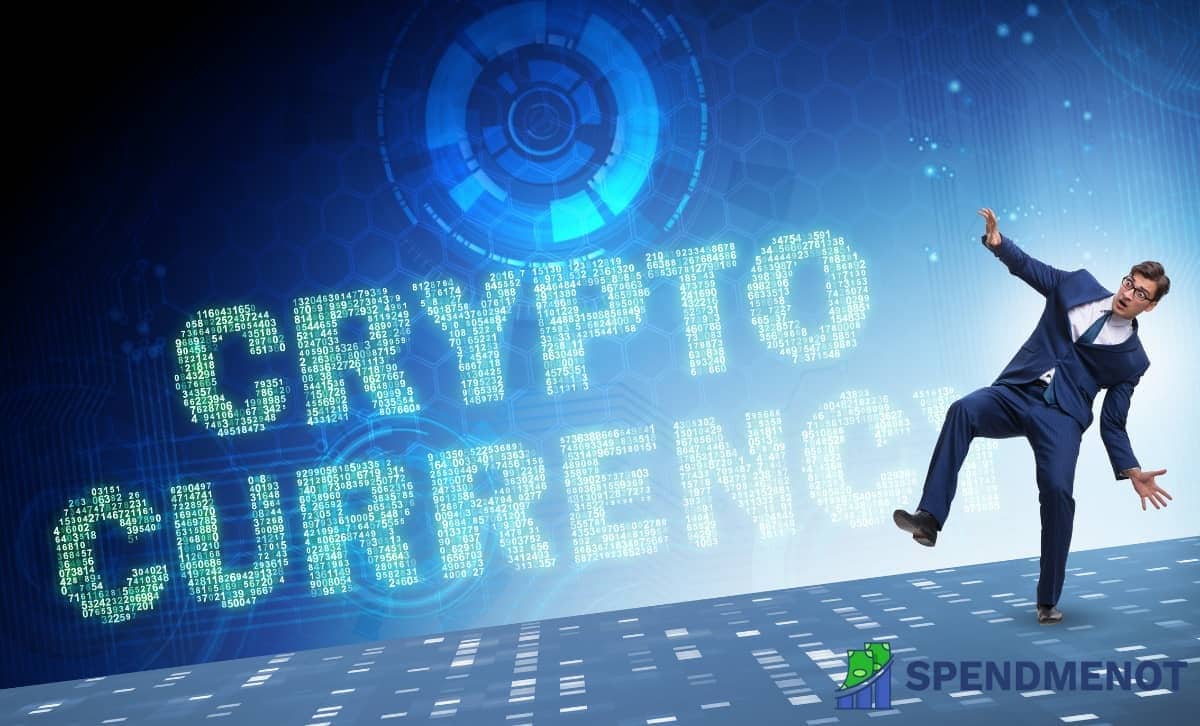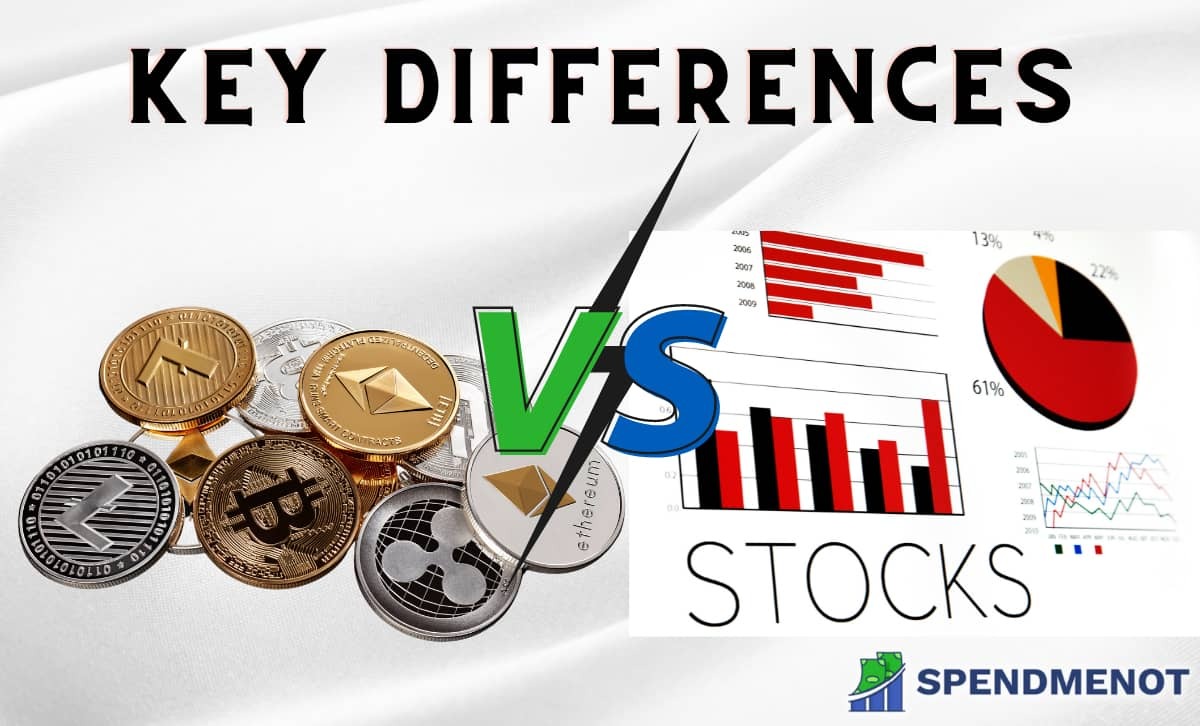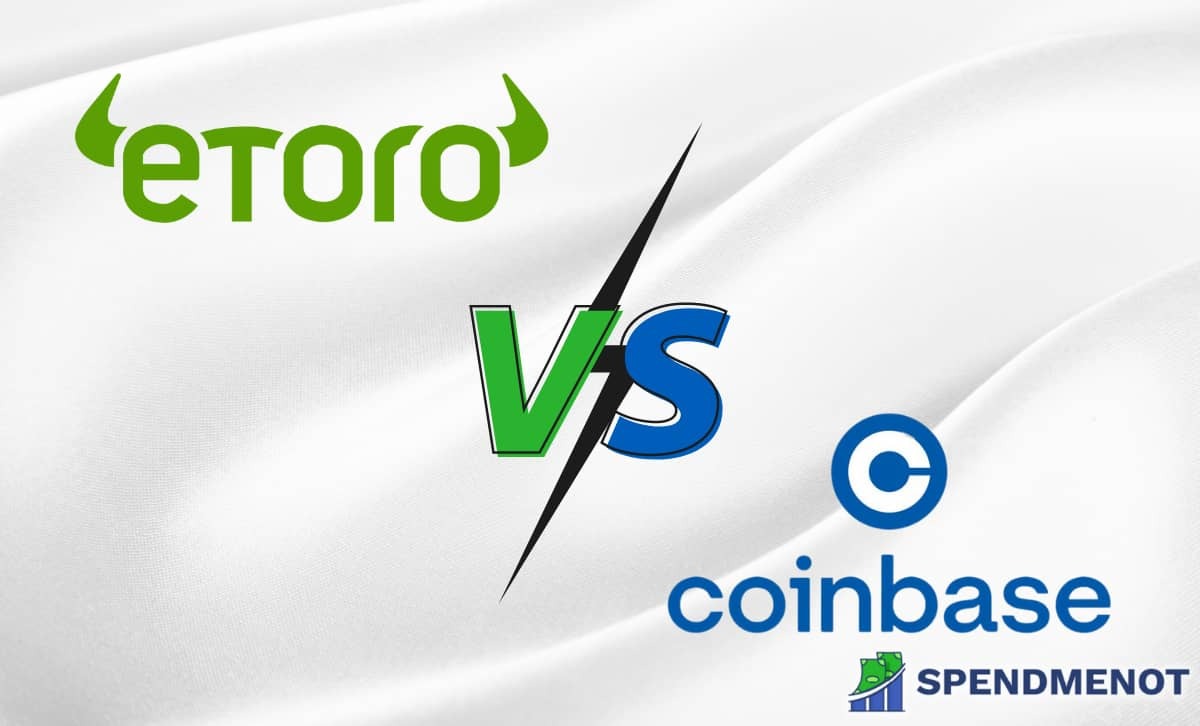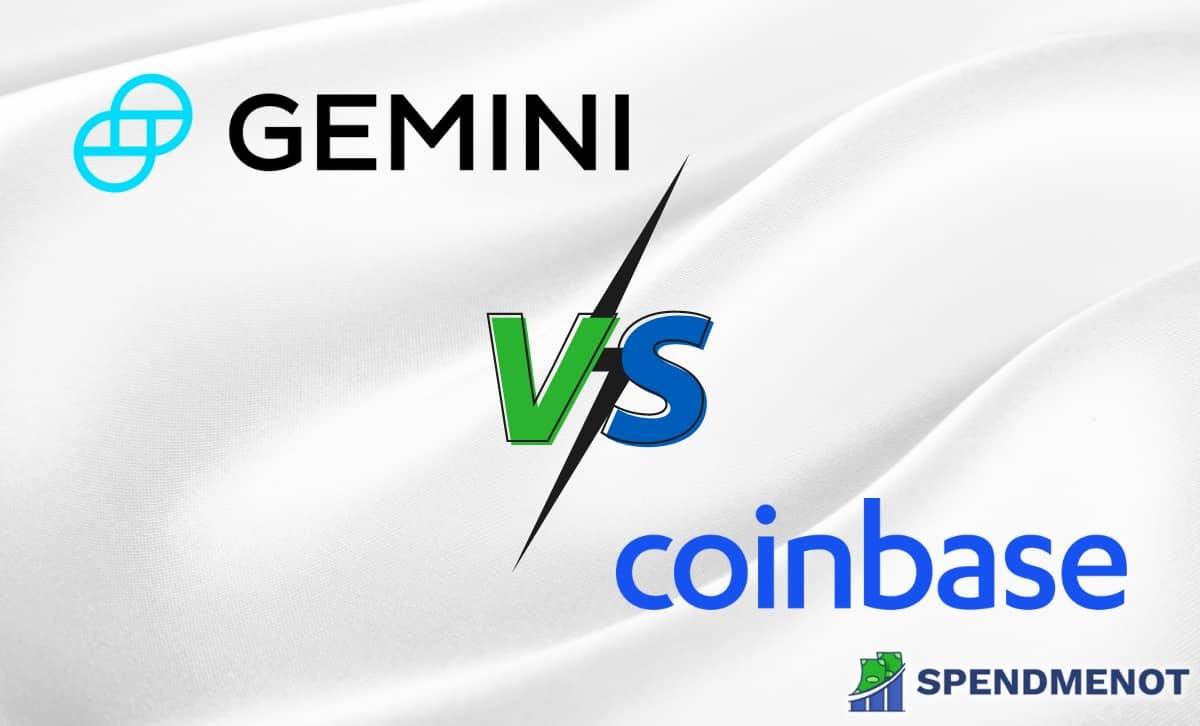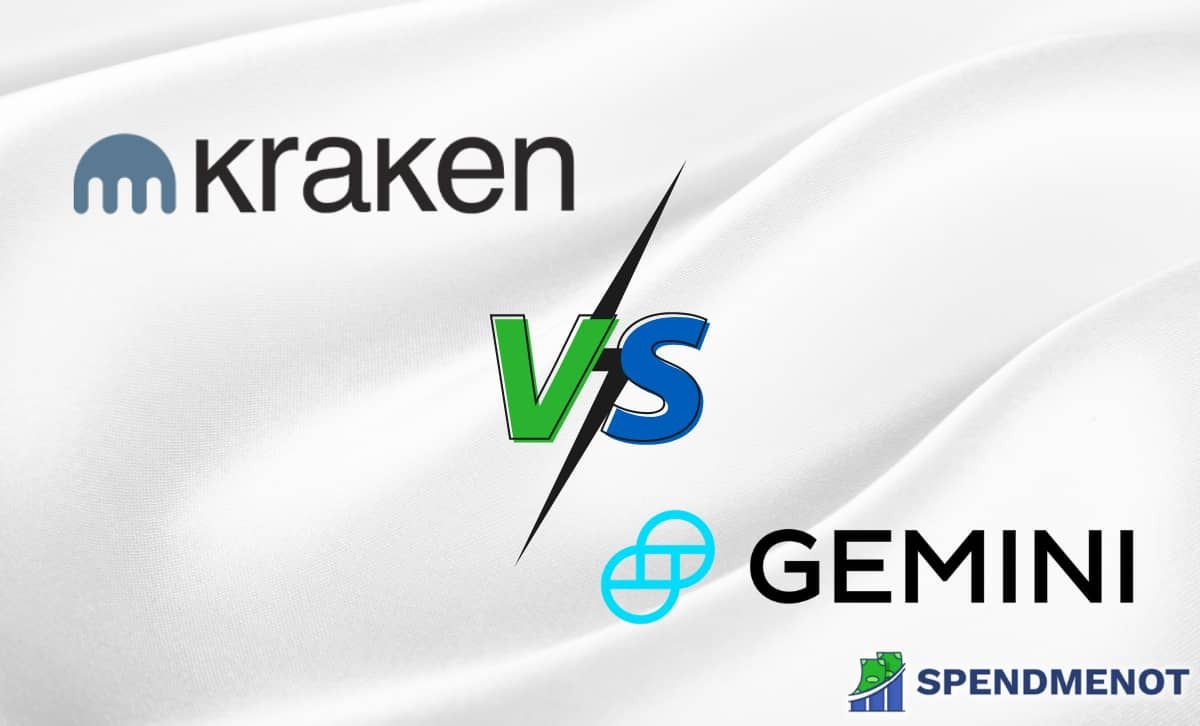Solana vs Ethereum
Last Updated: January 11, 2023
Nearly a decade ago, Vitalik Buterin, a Canadian programmer, suggested using blockchain technology for more than just the transaction capabilities pioneered by Bitcoin.
The idea has aged well, and the technology is now widely used in creating and deploying decentralized applications (DApps) and other digital assets.
Ever since, Ethereum has been the preferred option for developers. However, time has paved the way for even more innovative solutions.
The year 2021, in particular, saw the rise of other protocols like Solana that promise efficiency in the shape of higher transaction speeds and lower costs.
So, Solana vs. Ethereum — which one is better? Read our article for a detailed comparison.
Solana vs. Ethereum: A Side-to-Side Comparison
Both Solana and Ethereum have individual characteristics that make them appealing. But before we narrow down to Ethereum or Solana, let’s look at the features that define the two.
| Solana | Ethereum | |
| Year of foundation | 2020 | 2015 |
| Consensus mechanism | Proof of history | Launched on proof of work but announced a shift to proof of stake in September 2022 |
| Platform speed | 65,000 transactions per second | 30 transactions per second |
| Market capitalization | $10 billion | $187 billion |
| Circulating supply | 350 million SOL | 122 million ETH |
The table above hints at why Solana has been widely adopted in such a short time. As of September 2022, the price of its native token SOL has grown by over 4000% from its opening position.
The high transaction speeds have culminated in lower fees, making Solana Ethereum’s most formidable competitor.
But for curious onlookers who are yet to catch wind of the Ethereum vs. Solana hype, let’s start with some explainers.
What Is Solana?
Solana is a fast-growing blockchain that has become the leading Ethereum competitor.
The blockchain was founded in 2020 by former Qualcomm software engineer Anatoly Yakovenko assisted by a host of other developers.
Before that, the engineer had captured the attention of investors through his white paper published in 2017, which envisioned faster transaction speeds and lower fees.
Unlike other blockchains, such as Bitcoin and Litecoin, Solana uses the Proof of History (PoH) consensus mechanism. The technique uses timestamps to authenticate transactions by proving the exact time when a block was created.
What can Solana be used for?
Just like Ethereum, Solana features smart contract capabilities and is designed to host decentralized applications (DApps).
However, many users have embraced Solana mainly because of its high throughput. As of September 2022, Solana processed 65,000 transactions per second.
To put this into context, this is 9,285 times what Bitcoin can handle and 2,167 times Ethereum 1.0’s capacity.
Solana’s transaction speed is one of the main reasons it has been listed among blockchains nicknamed ‘the Ethereum Killers’.
Its native token — SOL — was one of the top performers of 2021, peaking at $204.35 in November 2021.
However, the token available on all the best cryptocurrency exchanges failed to match that consistency in 2022. The asset fell by 53% from $93.4 in January 2022 to $43.8 in July 2022.
What Is Ethereum?
Founded in 2015 by Canadian programmer Vitalik Buterin, Ethereum is an open-source blockchain that rose to prominence for two reasons: pioneering the smart contract functionality and providing an elite platform for creating and running decentralized applications.
While Ethereum is very popular, new users often can’t differentiate it from Ethereum Classic.
In 2016, after a hacker compromised the system and stole a 50 million dollars’ worth of Ether, Ethereum split into two blockchains. The one that stuck with the original Ethereum chain is now known as Ethereum Classic, and the newly developed one kept the original name — Ethereum.
What can Ethereum be used for?
Ethereum is quite famous for its smart contract functionality and is one of the best platforms for creating and running decentralized applications.
However, Ethereum is also known for its native cryptocurrency — Ether (ETH) —the second most valuable cryptocurrency as of 2022, per cryptocurrency statistics.
Due to its value, the token is used as a medium of exchange and is accepted by many retailers and corporations as a means of payment. It is also used to reward validators for participating in the network.
Similarities Between Solana and Ethereum
Solana has beaten other promising blockchains to become Ethereum’s main competitor. A quick peek into their histories shows that Ethereum inspired Solana’s architecture. They are therefore bound to have some similarities as outlined below.
1. Smart contracts
Both Solana and Ethereum support smart contract functionality. This feature makes them ideal for creating decentralized apps and Non-Fungible Tokens (NFTs).
2. Ideology
The two platforms are also built to advance the decentralization principle. Their founders have stuck to this position.
Differences Between Ethereum and Solana
Despite the similarities, it’s the Ethereum vs. Solana variations that define their competition.
1. Mechanism
Ethereum 1.0 uses the proof of work mechanism, which relies on human validators known as miners to authenticate transactions. Ethereum 2.0 will switch to proof of stake.
Meanwhile, Solana uses the proof of history (PoH) mechanism, which relies on time stamps to prove that a block was created at a particular time.
2. Transaction speed
This is the one aspect where Solana stands taller than virtually any other blockchain. Its system can handle up to 65,000 transactions per second.
As of September 2, 2022, Ethereum handled 30 transactions per second.
3. Transaction fees
Let’s face it. Nobody likes paying extra when there is an option to spend less.
This was one of the problems that Solana purposed to solve, as captured in its white paper.
As of September 1, 2022, the average Ethereum transaction fees were 0.0019 ETH ($3.1).
Solana averages $0.00025 per transaction, which is significantly less than its competitor.
4. Network size
While Solana has the upper hand on processing speed and network fees, Ethereum’s system is better equipped to handle smart contracts.
According to DefiLlama, as of August 31, 2022, Ethereum’s Total Value Locked (TVL) was $34.34 billion.
On the same day, Solana had a TVL of $1.4 billion.
5. Market capitalization
Ethereum is more valuable and is the most commercially adopted blockchain.
As of September 2, 2022, Ether had a market capitalization of $15.8 billion. At the same juncture, Solana had a market capitalization of $11.2 billion.
Where to Buy Solana and Ethereum
Both assets are viable projects that could reap dividends in the long term. Fortunately, there is no shortage of respected exchanges where you can buy altcoins like Solana or Ethereum.
These include:
Binance
With more than 600+ coins listed and a native token that’s one of the most popular cryptocurrencies around, Binance is one of the leading exchanges. Besides offering the lowest transaction fees on the market, the platform offers advanced features such as futures and margin trading.
- Supports over 600 coins
- Binance.us for the US Users
- SEPA & Bank Transfers
With more than 600+ coins listed and a native token that’s one of the most popular cryptocurrencies around, Binance is one of the leading exchanges. Besides offering the lowest transaction fees on the market, the platform offers advanced features such as futures and margin trading.
Kraken
Kraken is a US-based exchange that offers trading in US dollars, Canadian dollars, Australian dollars, Euros, British pounds, Swiss Francs, and the Japanese yen. The platform pays special attention to its security, with a track record of zero breaches. Kraken also has an extensive list of crypto assets and covers over 185 of them.
- Low fees
- Seven different fiat currencies
- 185+ cryptocurrencies
Kraken is a US-based exchange that offers trading in US dollars, Canadian dollars, Australian dollars, Euros, British pounds, Swiss Francs, and the Japanese yen. The platform pays special attention to its security, with a track record of zero breaches. Kraken also has an extensive list of crypto assets and covers over 185 of them.
CEX.IO
Headquartered in London, CEX.IO is a cryptocurrency exchange popular for being one of the first platforms to make fiat-to-crypto transactions accessible through card payments and bank transfers. The platform has over four million users across the world.
- Supports a wide range of cryptocurrencies
- Licensed in the US
- Strong security measures
Headquartered in London, CEX.IO is a cryptocurrency exchange popular for being one of the first platforms to make fiat-to-crypto transactions accessible through card payments and bank transfers. The platform has over four million users across the world.
eToro
Established in 2007, eToro is a multi-asset trading platform offering stocks, digital assets, and Exchange Traded Funds (ETFs). Its best attribute is its social trading feature which allows users to match the moves of expert traders.
- Regulated in multiple jurisdictions
- Offers a communal experience
- Plenty of educational resources
Established in 2007, eToro is a multi-asset trading platform offering stocks, digital assets, and Exchange Traded Funds (ETFs). Its best attribute is its social trading feature which allows users to match the moves of expert traders.
Crypto.com
Crypto.com has been ranked as the most secure crypto exchange and has been awarded a AAA rating. The platform also supports 250+ cryptocurrencies and offers a high return on crypto assets. It also features some of the most advanced tools in the market.
- Competitive fees
- FDIC-insured fiat balances
- Transparency
Crypto.com has been ranked as the most secure crypto exchange and has been awarded a AAA rating. The platform also supports 250+ cryptocurrencies and offers a high return on crypto assets. It also features some of the most advanced tools in the market.
Wrap Up
At the end of the day, the ETH vs SOL comparisons boil down to which one is better.
For investors, the answer to this question lies in the growth prospects of each asset. At the moment, Solana is the dark horse and has more room for growth. Ethereum is the more pragmatic option and the least likely to veer off course.
For developers, the battle shifts to technology. Will Ethereum eventually close the processing power gap between itself and Solana once it migrates to proof of stake?
It remains to be seen.

